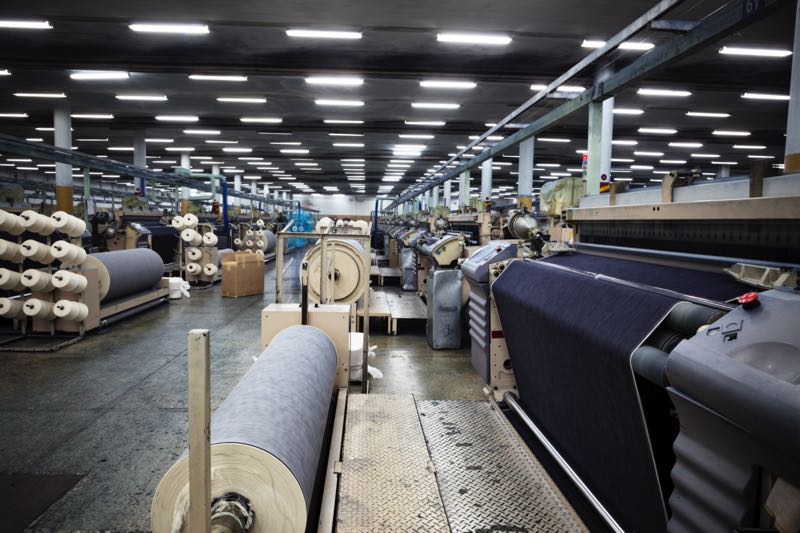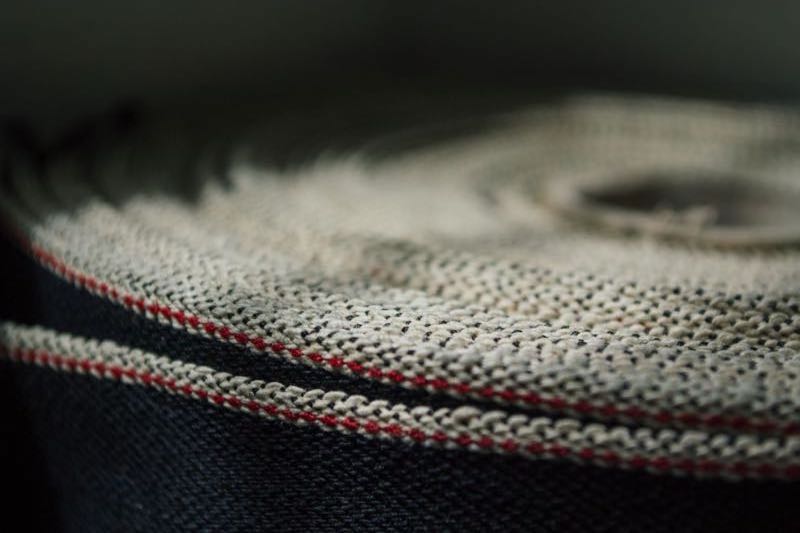Denim World Tour Episode #1: Japan The - Denim - Denim Première Vision
With its centuries-old history of blending tradition, art and know-how, Japanese denim remains highly desirable, distinguished by its extreme quality and durability.
Today, Japan continues to be a denim hub, where quality, research and creativity are the main features of the country’s textile-making tradition, and many denim specialists and brands are sought-after for their unique qualities.
A history in blue
The history of Japanese denim can trace its roots as far back as the 1600s, when the first cotton cloths were dyed with traditional indigo dye.
In the Okayama districts, cotton production and indigo dyes played an integral role in the Japanese textile industry.
The Kojima district in particular was a remarkable denim hub, and was, in the 19th century, a major producer of workwear and Japanese denim school uniforms.

But it wasn’t until after World War II that blue jeans appeared in Japan, and the history of Japan and America began to interweave. In the ’60s, imported American pop culture revolutionized the habits of the younger Japanese generation. Japanese youth were extremely fascinated by American movie stars, jazz and rock’n’roll, and jeans too became a symbol of fashion-forwardness and coolness. But the more popular the imported jeans became, the more expensive they became too, and harder to find in local shops.
This influence boosted denim experimentation and development in Japanese industries, especially in terms of indigo dyeing. A major difference in the Japanese tradition of indigo-dyeing was that the pigment fully penetrated the cotton fiber, whereas the yarns in American denim fabric were only partially dyed, leaving a white center.

In 1964, a leading Kojima factory set out to make their own line of jeans, but the first attempts were unsuccessful. Eventually in 1967, the US brand Big John created the first jeans ever produced in Japan, using a fabric from Cone Mills.
A few years later, in 1972, the Kurabo company decided to create its own denim fabric, KD-8, the name indicating the specific factory with the 8 referring to the number of tries it took them to create the final product. They produced the first denim on Okayama’s old looms.
American cultural influences continued to boost Japan’s denim production and experimentation, leading companies to develop facilities integrating weaving, dyeing, and manufacturing. Only a few companies chose to continue working with a segregated production chain.
Nowadays, denim production in Japan remains a symbol of high quality, responsible for the best quality and most researched denim in the world.
Japanese denim know-how
Beyond their quality, what characterizes Japanese denims are their specific and unique know-hows and specialties. Japan is especially well known for its raw denims (non-washed denim) and selvedge denim, as well as their detail-oriented work, from the choice of accessories to finishings.
On top of that, Japanese signature jeans are usually made from high-quality cotton. Many manufacturers use cotton with a long staple length, which results in a high-quality fabric, like the Zimbabwe cotton quality. However, today more and more denims are made by blending cotton with other fibers, such as hemp or linen, while continuing to maintain on a very high level of quality.
Above all, Japanese denim is known for selvedge (also known as selvage) denim.
Derived from “self-edge”, the name refers to the natural end of a roll of fabric which, when made into a pair of jeans, prevents the fabric from unraveling and confers a clean look.
Selvedge jeans must be manufactured using traditional shuttle looms. The weft is passed back and forth along the length of the roll, and the finished fabric features a colored border, visible when hemmed.

Producing selvedge denim is more expensive as it can only be woven about half the width of non-selvedge denim. This results in a tighter, denser weave with some imperfections along the fabric. The edges are combined with a tightly woven finish, typical of selvedge and visually recognizable by the signature-colored edge.
The blue pigment
Nowadays almost all indigo dyeing is done industrially, with chemical alternatives used to imitate the indigo pigment.
However, originally denim was dyed by hand using natural indigo, a blue pigment made by fermenting the leaves of the indigo plant. This process is called aizome dyeing, which was deeply connected to the Japanese tradition and is still practiced in a few places in the country.

Today, the characteristic Japanese dyeing technique is called rope dyeing, which notably washes out easily to create a fading effect in fabrics. The yarns are dipped into natural indigo, successively alternating baths and oxidation. The pigment does not fully penetrate the fibers thanks to the short dyeing time.
As the dye does not completely saturate the core of the yarn, it remains white in the center. This leads to a partially dyed yarn that fades better and faster than fully dyed yarn. Over time, as the dye fades, the denim shows worn-out marks with use.
Japanese denim today
Today, there are many denim manufacturers that are highly specialized in manufacturing processes, with exceptionally skilled workers adept at finding ways to develop new fabrics through a variety of dyes, weaves and finishings. Many factories continue to dye by hand in the traditional way, or use a variety of looms, from high-speed models to the selvage denim type.
There is a thriving manufacturing industry, where many companies both small and big continue to produce unique denims and supply brands all over the world.
View the Japanese denim selection on Première Vision ➔
